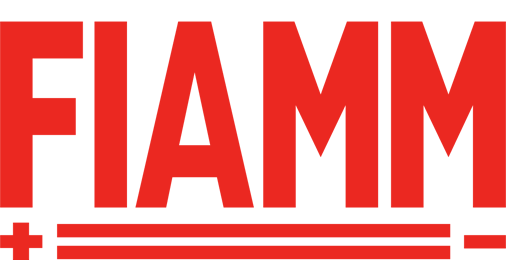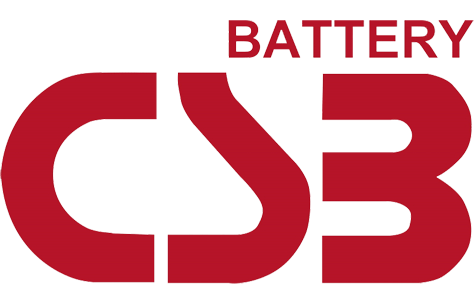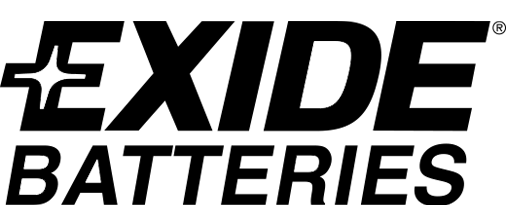HTM Design Guidelines For UPS Power Solutions
The evolution of medical technology has transformed the healthcare industry. Digital imaging machines, diagnostic devices, patient monitoring systems and critical life-saving equipment are now used daily within a variety of healthcare settings. Add to this the advancements in non-medical specific applications such as IT and networking systems, air conditioning, heating, lighting etc. All of this infrastructure ensures the preservation of organisational continuity making it easy to see why the healthcare industry now relies so heavily on a clean and continuous supply of power. Even the briefest of disruptions to supply can cause major system errors or equipment failure and a complete mains power outage can even put patients’ lives at risk.
The Health Technical Memorandum (HTM) 06-01 Electrical services supply and distribution, addresses the need for primary, secondary, and tertiary power supplies within healthcare settings. It defines the requirements of a robust electrical system that is capable of protecting patients from electrical failure. Focus is given to reducing the probability of equipment malfunction during a primary mains power outage through the use of secondary and tertiary backup power systems.
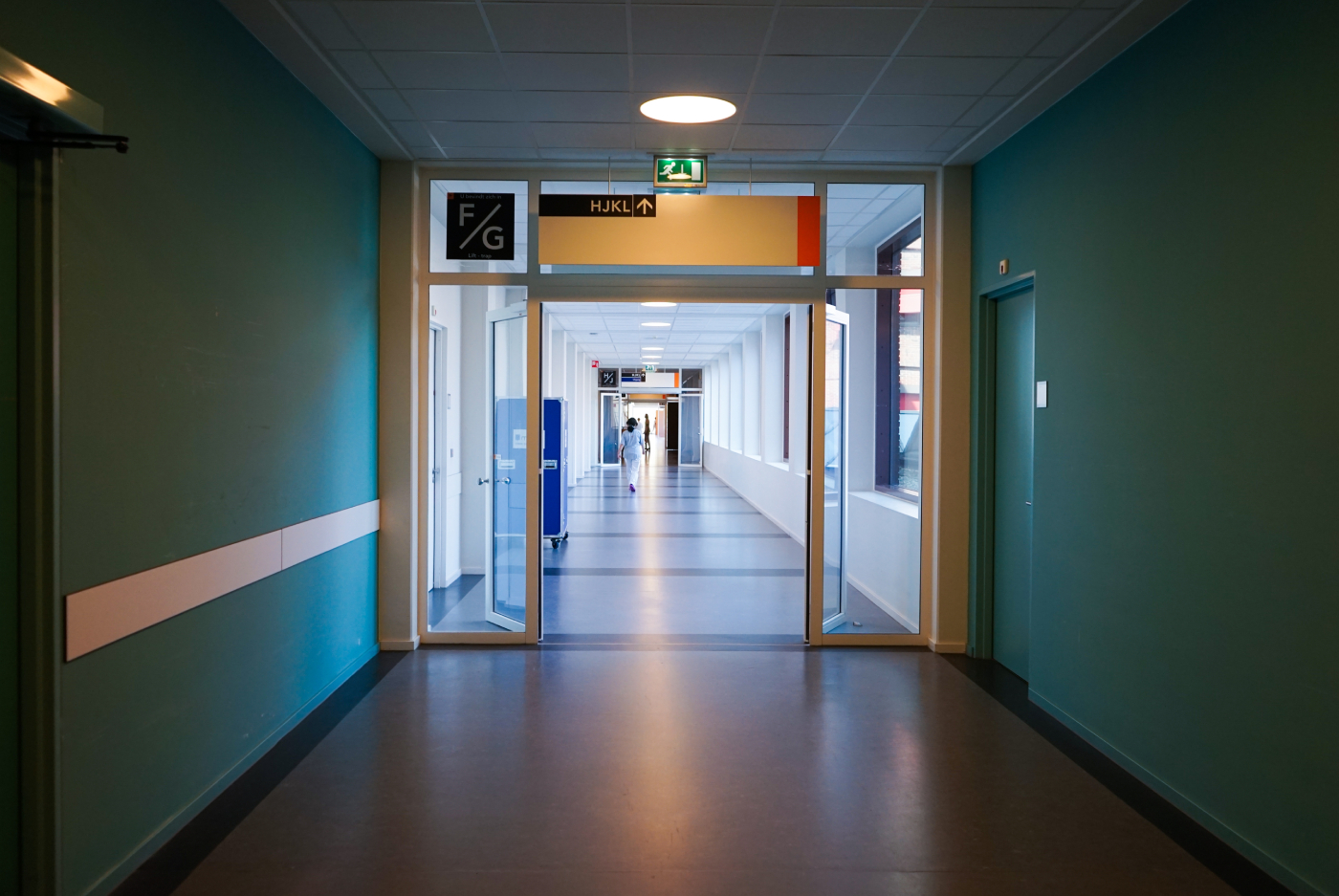
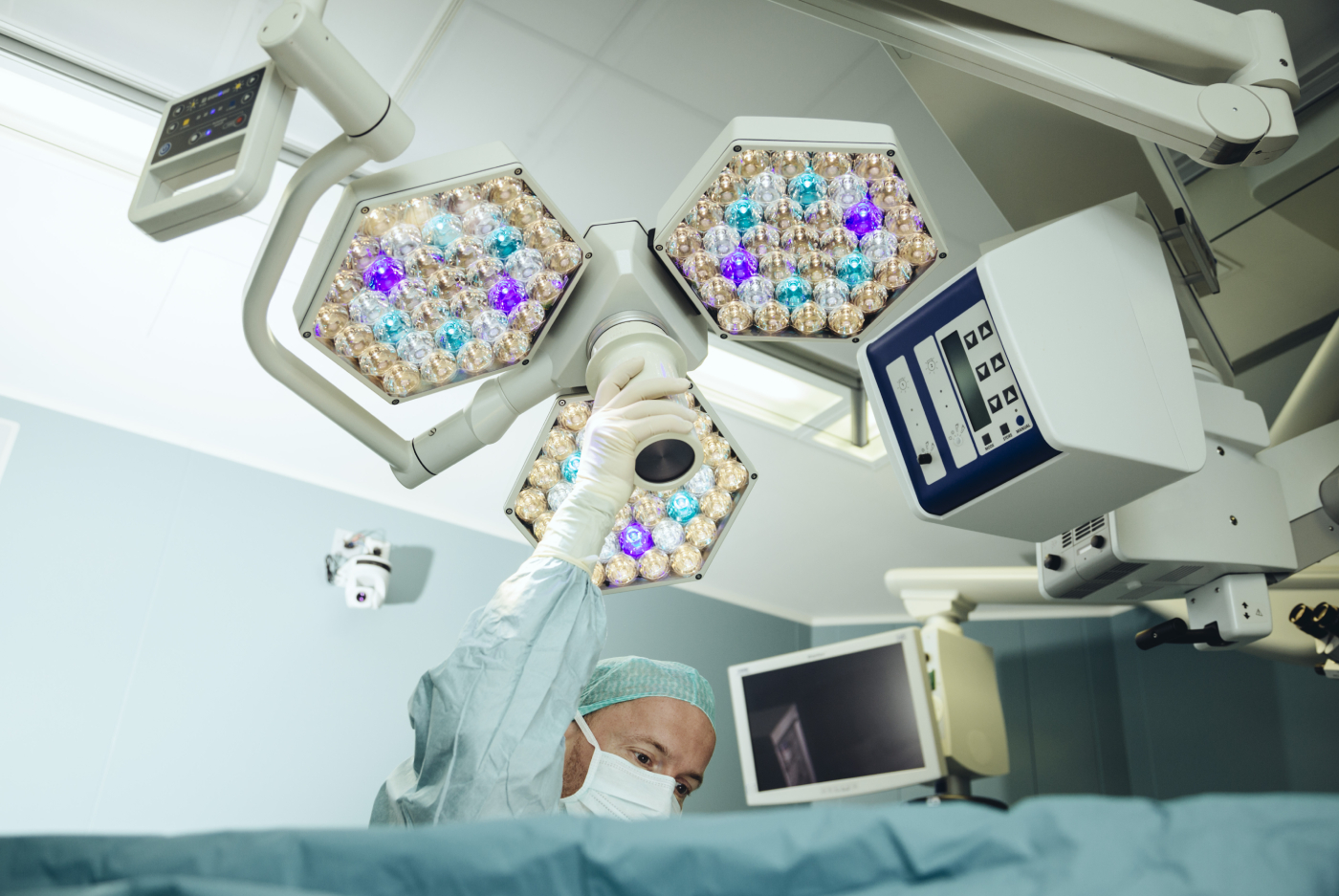
The HTM grades the risks from small healthcare premises such as GP practices and health clinics through to larger acute healthcare settings (such as a city hospital) allowing the varying management teams to determine the levels of secondary and tertiary backup that is required.
The selection of any system configurations will be dependent on the individual characteristics of each setting and should be based on a risk analysis to determine the appropriate levels of resilience required. It is advised therefore that system designers consult with medical diagnostic manufacturers to establish the full operating characteristics of any equipment prior to design works commencing.
Appreciating that there are a lot of different components and factors to consider, and to help understand how particular elements impact the delivery of backup power within a healthcare setting, Secure Power has provided a breakdown below:
As defined by the HTM, a tertiary power supply that supplements the primary energy supply (PES) and a secondary power supply (SPS) must be present. Usually in the form of a UPS or battery system, this bridges the gap in electrical supply in the event of power failure.
UPS system ratings range from 250VA to several hundred kVA – the small units being single phase to support a single circuit and the larger UPS systems single or three phase to support an entire department. The UPS solution selected must therefore be rated to support the design load and consideration must also be given to the type of load and fault clearance required.
Whilst some design loads will have a nominal rating, certain medical imaging equipment such as X-Rays, MRI, PET, and CAT scanners present a peak load at the point where the image is captured. Any UPS system used must therefore be able to cope with high peak inrush currents and line impedances.
The UPS system must also be capable of clearing downstream circuit faults, similar to other distribution boards. Uninterruptible power supply output circuit protective devices should discriminate from upstream devices and designers should consider the effect of overload and short-circuit fault conditions.
A short circuit in the UPS load is isolated either by a downstream protective device, by the UPS static switch or by the insulated-gate bipolar transistor (IGBT) control circuit of the UPS inverter.
In the case of a power outage where no mains power is available, the UPS inverter output may tolerate overloads of 125% for 10 min, 150% for 1 min, or 200% for 100ms (depending on the manufacturer’s selected internal protective device).
The actual overload characteristics vary from manufacturer to manufacturer so designers will need to verify the coordination of fault conditions when selecting the UPS type. The BS 7671 states that where a UPS is used as a ‘life safety system’ it must clear protective devices when on battery power. The sensitive nature of inverter electronics will therefore require more accurate calculations than those involving downstream protective devices.
The HTM 06-01 provides examples to guide designers on the solutions available to maintain patient and system safety in the event of loss of power to the healthcare facility. Any solutions actively proposed should therefore demonstrate the most advantageous scenario for each situation.
Standalone UPS (monolithic) systems can be configured using either a single unit (N) or multiple units (N+1) working concurrently in a parallel configuration to provide varying levels of redundancy and to mitigate single points of failure. Where installed as multiple units in redundant UPS arrangements, each unit should be sized to fully support the entire load.
Modular UPS systems on the other hand achieve redundancy within the UPS system. Whilst multiple modular units will eliminate additional points of failure they are often not viewed as cost-effective solutions for healthcare environments.
Both of the above can be used within the design arrangements, as shown in section 11 of the HTM 06-01 document, however the configuration should be chosen based on the application it is aimed to support. In some instances, it may be desirable to have redundancy within the UPS configuration, in others having distribution configuration via changeover switches or in certain cases having dual feeds into the medical facility.
VRLA batteries will function for a short period over a wide range of temperatures, typically from -15⁰ C to in excess of 50⁰ C however continued operation at a higher temperature can cause uncontrolled battery DC faults therefore it is vital the UPS is situated where there is adequate ventilation or cooling.
Section 11.9 of the HTM document advises the use of split battery banks within the UPS configuration rather than a single string option. This arrangement helps to eliminate any single points of failure during servicing, allowing the UPS to remain online whilst the other half of the battery system is being maintained.
Single phase UPS units are generally used for IT network hubs, personal computers, switch cabinets or computerised processors dedicated to medical/laboratory equipment where a battery autonomy of up to 15 minutes is required. These are most commonly used to safely shut down systems following an outage.
Double conversion UPS units are more typically used as a tertiary power supply to dedicated final-circuit outlets, for example in clinical risk grade A or B areas to maintain medical IT systems. In these instances, the UPS batteries maintain an electrical supply following a loss of power and prior to the standby generators becoming available.
When used as a tertiary supply to clinical areas requiring a changeover period of less than or equal to 0.5 seconds (Medical Location Group 2) a battery autonomy of 3 hours is required. This may be reduced to 1 hour if an SPS is available within 15 seconds. Where the UPS battery provides tertiary power to other applications, such as an operating theatre, the HTM states battery autonomy should provide operating theatre staff enough time to facilitate ‘patient closure’ for all theatre cases.
The HTM advises that when designing a three phase UPS system, designers may wish to consider the use of a zigzag transformer on the UPS bypass line to provide a local earth point. It may also help to ensure an adequate fault current is developed and assist in harmonic control. The actual earth-loop impedance at the load end will vary significantly depending on how far the UPS is from the source transformer neutral-earth connection. This may result in earth-loop impedances that are higher than the accepted rates set out in the BS7671 disconnection times.
To maintain the integrity of the neutral-earth, UPS manufacturers will request three-pole protective devices in the supply lines supplying the UPS systems. According to the BS 7671 where a UPS system is used as an electrical source for life safety systems, it should be able to operate distribution circuit protective devices.
As one of the leading providers of power protection solutions including UPS solutions and IPS systems for the healthcare sector, Secure Power is well versed in understanding the broad and wide-ranging guidelines as set out in the HTM and has a dedicated team to provide advice and support from initial consultation through to project delivery and ongoing servicing.
Secure Power has been providing critical power solutions for over a decade and has an industry wide reputation for delivering first class secondary and tertiary backup power systems to the healthcare sector. With preventative maintenance at the core of its business, Secure Power has its own team of engineers, available nationwide, 24/7. For more information about Secure Power’s extensive range of UPS systems and power protection services please get in touch with a member of our team on 0808 196 6487.



